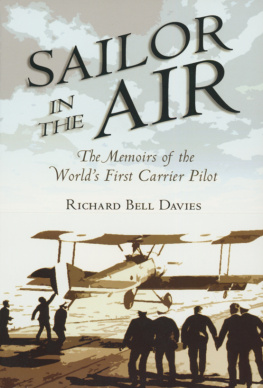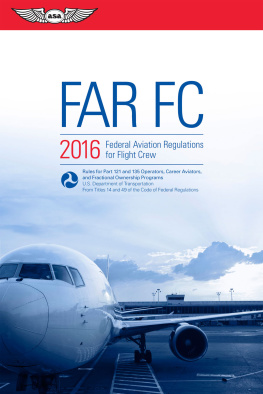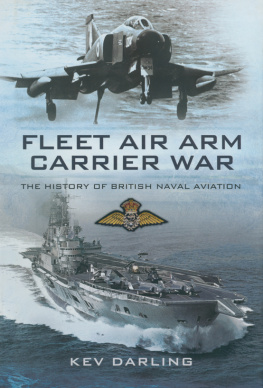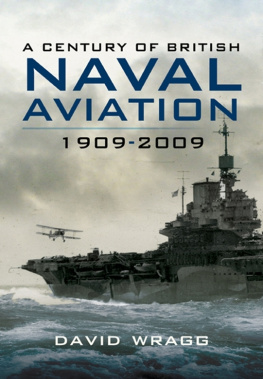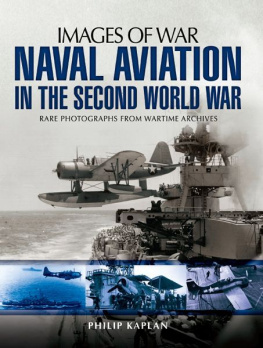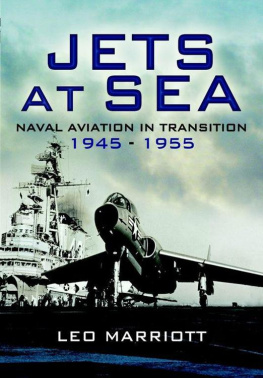Innovation in Carrier Aviation: AircraftCarrier History, World War I and II, Bureau of Aeronautics (BuAer),Royal Navy and American Navy, Jet Engines, Flexdeck, Catapults,Carrier Aviation Technology
* * * * * * * * * * * *
Progressive Management
* * * * * * * * * * * *
Smashwords Edition
Copyright 2016 Progressive Management
Questions? Suggestions? Comments? Concerns?Please contact the publisher directly at
Remember, the book retailer can't answer yourquestions, but we can!
* * * * * * * * * * *
Smashwords Edition, License Notes
This ebook is licensed for your personalenjoyment only. This ebook may not be re-sold or given away toother people. If you would like to share this book with anotherperson, please purchase an additional copy for each person youshare it with. If you're reading this book and did not purchase it,or it was not purchased for your use only, then you should returnto Smashwords.com and purchase your own copy. Thank you forrespecting the hard work of this author.
* * * * * * * * * * *
This is a privately authored news service andeducational publication of Progressive Management. Our publicationssynthesize official government information with original material -they are not produced by the federal government. They are designedto provide a convenient user-friendly reference work to uniformlypresent authoritative knowledge that can be rapidly read, reviewedor searched. Vast archives of important data that might otherwiseremain inaccessible are available for instant review no matterwhere you are. This e-book format makes a great reference work andeducational tool. There is no other reference book that is asconvenient, comprehensive, thoroughly researched, and portable -everything you need to know, from renowned experts you trust. Forover a quarter of a century, our news, educational, technical,scientific, and medical publications have made unique and valuablereferences accessible to all people. Our e-books put knowledge atyour fingertips, and an expert in your pocket!

* * * * * * * * * * * *
CONTENTS
* * * * ** * * * * * *
* * * * * * * * * * * *
* * * * * * * * * * * *
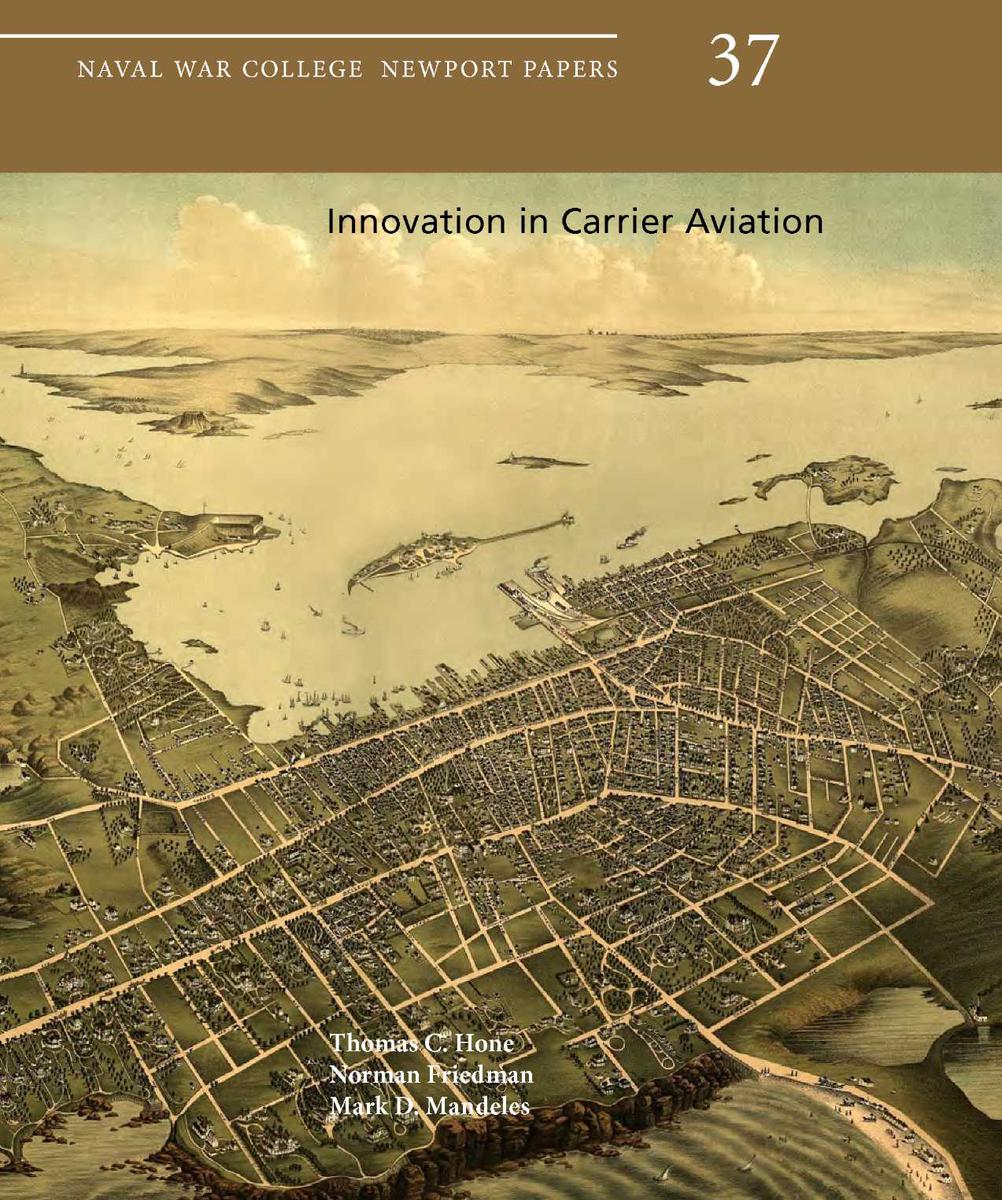

* * * * * * * * * * * *
* * * * * * * * * * * *
List of Acronyms and Abbreviations
Acknowledgments
Foreword, by Carnes Lord
Introduction
CHAPTER ONE - BuAer before World War II
CHAPTER TWO - BuAer in World War II
CHAPTER THREE - The Potential of the BigBomber
CHAPTER FOUR - Royal Navy Wartime Experienceand Analysis
CHAPTER FIVE - Adopting Jet Engines
CHAPTER SIX - British and American Prospectsafter the War
CHAPTER SEVEN - The Flexdeck
CHAPTER EIGHT - Catapults: Choosing an Optionunder Pressure
CHAPTER NINE - Analysis
Conclusion
APPENDIX A - The Physics of JetPropulsion
APPENDIX B - The Impact of Jet Aircraft onCarriers
APPENDIX C - Problem Solving withinBureaucracies
APPENDIX D - Chronology
Bibliography
* * * * * * * * * * * *
List of Acronyms and Abbreviations
Adm. Admiral
AEW airborne early warning
ALCO American Locomotive Company
BuAer Bureau of Aeronautics
BuOrd Bureau of Ordnance
BuShips Bureau of Ships
CCA carrier-controlled approach
Capt. Captain
Cdr. Commander
CIC combat information center
CinC Commander in Chief
CINCPAC Commander in Chief, U.S. PacificFleet [in World War II]
CNO Chief of Naval Operations
CNR Chief of Naval Research
CO Commanding Officer
CV aircraft carrier
CVAN attack aircraft carrier,nuclear-powered
DCNO (Air) Deputy Chief of Naval Operationsfor Air
DCNO (Logistics) Deputy Chief of NavalOperations for Logistics
DNC Director of Naval Construction
EIC Engineer-in-Chief
FAA Fleet Air Arm
FBC Future Building Committee
ft./sec. feet per second
FY fiscal year
g acceleration of gravity
GE General Electric
GLOMB glider bomb
hp horsepower
HTP hydrogen peroxide
IJN Imperial Japanese Navy
JATO jet-assisted takeoff
lb. pound
LSO landing signal officer
Lt. Lieutenant
Lt. Cdr. Lieutenant Commander
MAP Ministry of Aircraft Production
MIT Massachusetts Institute of Technology
Mod. modification
mph miles per hour
NACA National Advisory Committee forAeronautics
NAD Naval Aircraft Department
NAMC Naval Air Material Center
NATO North Atlantic Treaty Organization
NDRC National Defense Research Committee
ONI Office of Naval Intelligence
OPNAV Office of the Chief of NavalOperations
OSD(NA) Office of the Secretary of Defense(Net Assessment)
PRO Public Records Office
psi pounds per square inch
R&D research and development
RAE Royal Aircraft Establishment
RAF Royal Air Force
repr. reprinted by
RG record group
RN Royal Navy
SAM surface-to-air missile
SCB Ship Characteristics Board
TACAN Tactical Air Navigation
USAF U.S. Air Force
USN U.S. Navy
WOD wind over the deck
* * * * * * * * * * * *
Acknowledgments
Our main sources for the study were RoyalNavy records held by the Public Records Office (PRO), U.S. Navypapers held by the National Archives and by the Aviation HistoryOffice of the Naval History and Heritage Command, records of theGrumman Aircraft Corporation held in the Northrop Grumman archives,memoirs of Royal Navy (RN) and U.S. Navy (USN) personnel, memoirsof American aviation engineers, and oral histories of Americansinvolved in the development of jet aircraft and modern carrieraviation. We also consulted books and articles that were wellresearched.
In obtaining this material, we were assistedby the following individuals: Dr. Evelyn Cherpak, of the Naval WarCollege; Dr. Curtis Utz and Dr. Timothy Francis, of the NavalHistory and Heritage Command; Dr. Hill Goodspeed, of the NavalAviation Museum in Pensacola, Florida; Lt. Cdr. Peter J. Hardy, RN(Ret.), of HMS Heron; and Ms. Susan Dearing, of the Fleet Air ArmMuseum. All were generous with their time and their expertise. Nonebears responsibility for any errors in this study.
Vice Adm. Robert Dunn, USN (Ret.), also readan early draft of the study and alerted us to several sources wehad missed, including Farnborough and the Fleet Air Arm, byGeoffrey Cooper. Professor Donald Chisholm of the Naval War Collegeand Dr. Jeffrey G. Barlow of the Naval History and Heritage Commandalso shared their insights.
Ms. G. F. Siletchnik of the Naval UnderseaWarfare Center graciously constructed the graphs in appendix B. Mr.Trent Hone organized the manuscript.
The study on which this monograph is basedwas commissioned by the Office of the Secretary of Defense (NetAssessment) in the fall of 2006 as part of that office'slongstanding support for studies of military innovation. In somesense, the OSD(NA) project was a follow-on to an earlier study bythe present coauthors, published in 1999 as American & BritishAircraft Carrier Development, 1919-1941 by the Naval InstitutePress.
In the mid-1980s, Andrew Marshall, thedirector of the Office of Net Assessment in the Office of theSecretary of Defense, encouraged a number of investigators toexamine cases of innovation in the U.S. armed forces and in thearmed forces of other countries. His encouragement, coupled withthe financial support of his office, led to a number of studies,among which was the book American & British Aircraft CarrierDevelopment, 1919-1941 (Annapolis, Md.: Naval Institute Press,1999), written by the authors of the study that you are about toread.
Next page

